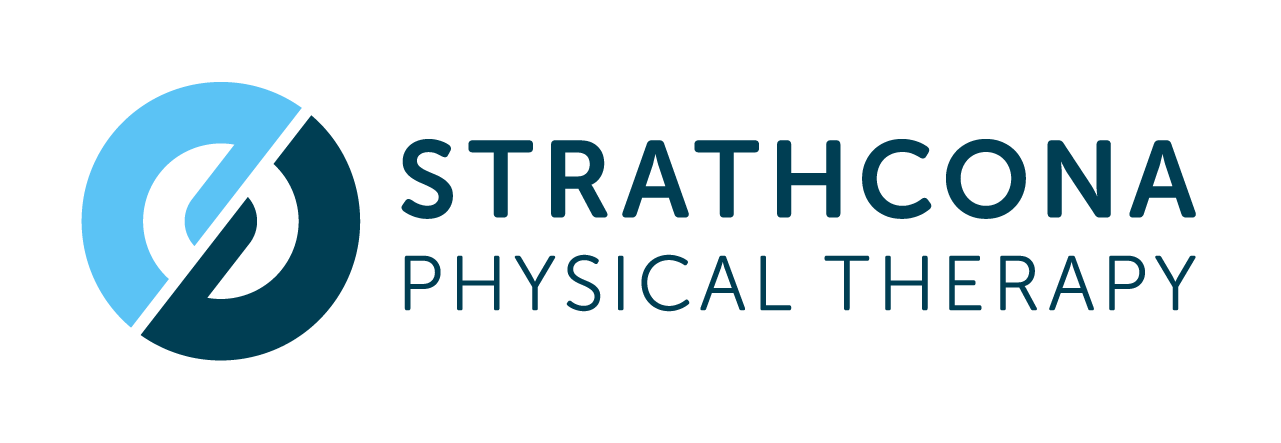Rheumatoid Arthritis: Diagnosis, Progression, and the Beneficial Impact of Physical Activity
What is Rheumatoid Arthritis?
Rheumatoid arthritis (RA) is an autoimmune disorder that predominantly affects the joints. Unlike osteoarthritis, which generally results from wear and tear, RA occurs when the immune system erroneously attacks healthy tissues in the joints. This immune response leads to inflammation, causing a range of symptoms including pain, stiffness, swelling, and reduced mobility. Over time, untreated RA can lead to joint deformities and other systemic issues affecting organs like the heart, lungs, and eyes.
Diagnosis of Rheumatoid Arthritis
Diagnosing RA can be challenging due to its varied symptoms that overlap with other conditions. Here are some common diagnostic methods:
Medical History and Physical Examination
A healthcare provider may conduct a thorough review of symptoms and carry out a physical examination to assess joint inflammation and deformities.
Blood Tests
Rheumatoid Factor (RF): Presence of RF might indicate RA, although not everyone with RA tests positive for this antibody.
Anti-Citrullinated Protein Antibody (ACPA): This test is more specific for RA.
Erythrocyte Sedimentation Rate (ESR) and C-Reactive Protein (CRP): Elevated levels may indicate inflammation but are not specific to RA.
Imaging Tests
X-rays: Can show the extent of joint damage.
MRI and Ultrasound: These may be used for more detailed imaging of joints.
Physical Activity and Disease Progression
The role of physical activity in managing RA is crucial for several reasons:
Early Stage
Prevent Muscle Atrophy: Exercise can maintain muscle mass and strength.
Improves Joint Mobility: Keeps joints flexible.
Enhances Mood: Releases endorphins for better mental health.
Types of Exercise:
Low-impact aerobic exercises: Such as swimming or cycling, to minimize stress on joints.
Strength training: Focuses on lighter weights and more repetitions.
Flexibility exercises: Such as gentle stretching and yoga.
Moderate Stage
Pain Management: Exercise helps in the natural production of anti-inflammatory substances.
Enhanced Physical Function: Helps improve joint functions.
Reduced Fatigue: Increases energy levels.
Types of Exercise:
Moderate-Intensity Aerobic Exercise: Walking or elliptical training.
Resistance Training: Focus on maintaining strength without exacerbating pain.
Hydrotherapy: Water-based exercises can be less stressful on the joints.
Advanced Stage
Improved Quality of Life: Even light activities can enhance life quality.
Maintenance of Physical Function: Helps retain some range of motion and functional abilities.
Mental Health Benefits: Helps manage symptoms of depression and anxiety.
Types of Exercise:
Isometric Exercises: These can be done without moving the joint and can help maintain muscle strength.
Chair Yoga: Offers a less strenuous form of stretching and flexibility training.
Breathing Exercises: These can help in relaxation and stress management.
Physical activity must be tailored to an individual's stage of RA and other co-morbid conditions. Consulting healthcare providers like rheumatologists, physiotherapists and Family Doctor is crucial for developing a safe and effective exercise regimen.
Conclusion
While there is no cure for rheumatoid arthritis, early diagnosis and a comprehensive management plan, including a tailored physical activity regimen, can significantly improve patient outcomes. Exercise and physical activity play a significant role in slowing down the disease progression, managing symptoms, and enhancing the quality of life.
References
Scott, D. L., Wolfe, F., & Huizinga, T. W. (2010). Rheumatoid arthritis. The Lancet, 376(9746), 1094-1108.
Smolen, J. S., Aletaha, D., & McInnes, I. B. (2016). Rheumatoid arthritis. The Lancet, 388(10055), 2023-2038.
Diagnosis of Rheumatoid Arthritis
Aletaha, D., & Smolen, J. (2018). Diagnosis and management of rheumatoid arthritis. JAMA, 320(13), 1360-1372.
Singh, J. A., Saag, K. G., Bridges, S. L., et al. (2016). 2015 American College of Rheumatology guideline for the treatment of rheumatoid arthritis. Arthritis & Rheumatology, 68(1), 1-26.
Rindfleisch, J. A., & Muller, D. (2005). Diagnosis and management of rheumatoid arthritis. American Family Physician, 72(6), 1037-1047.

